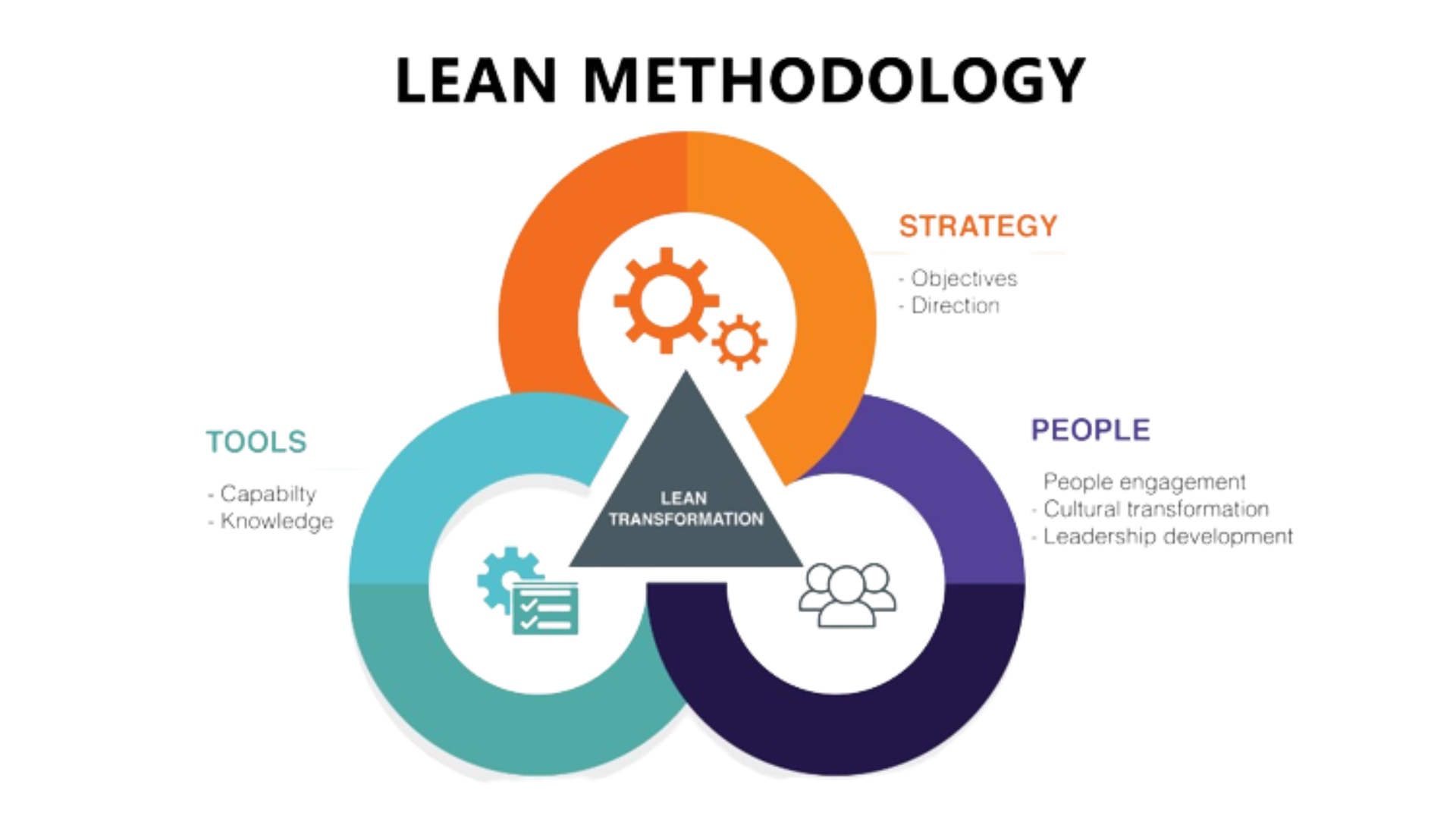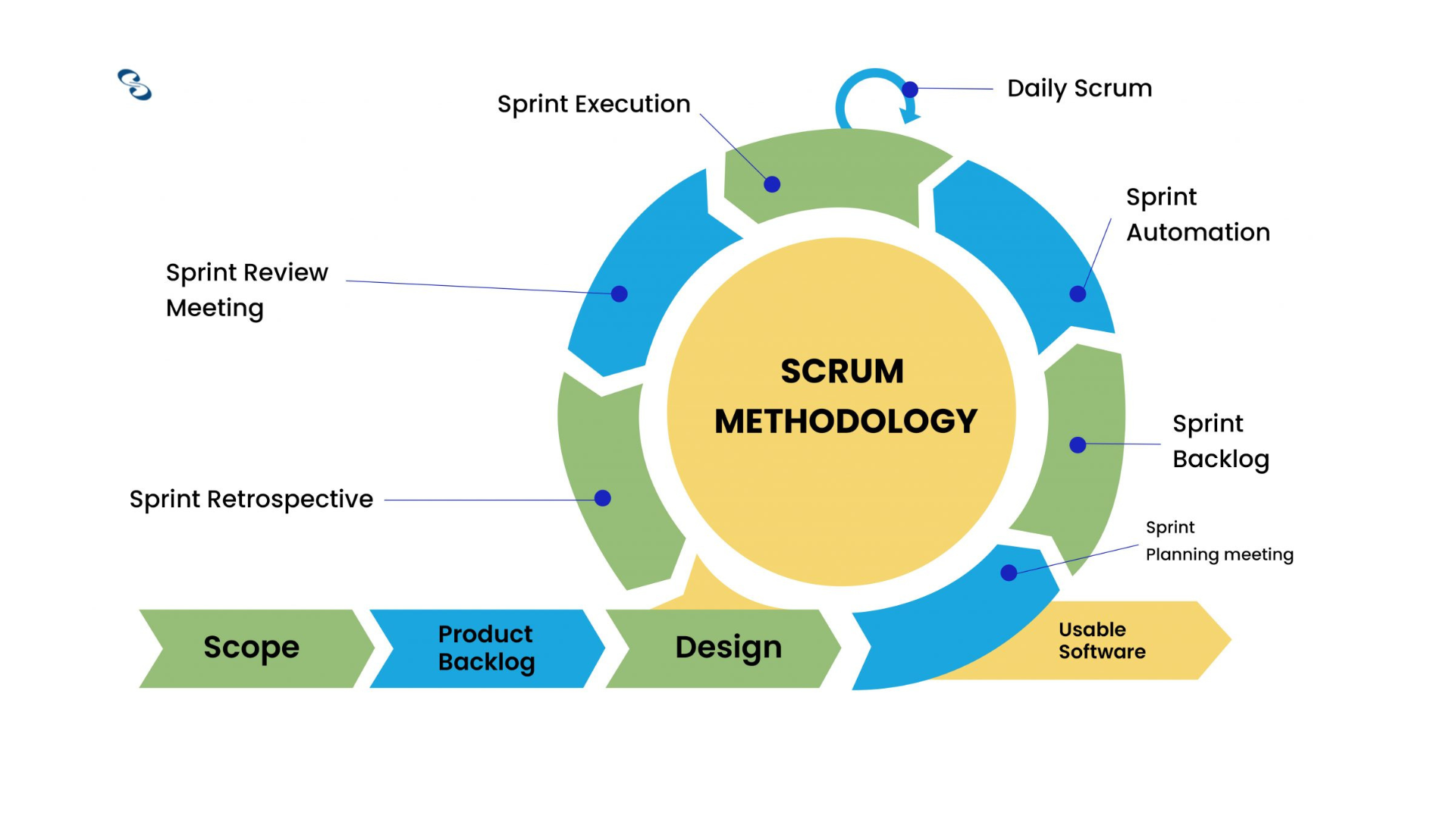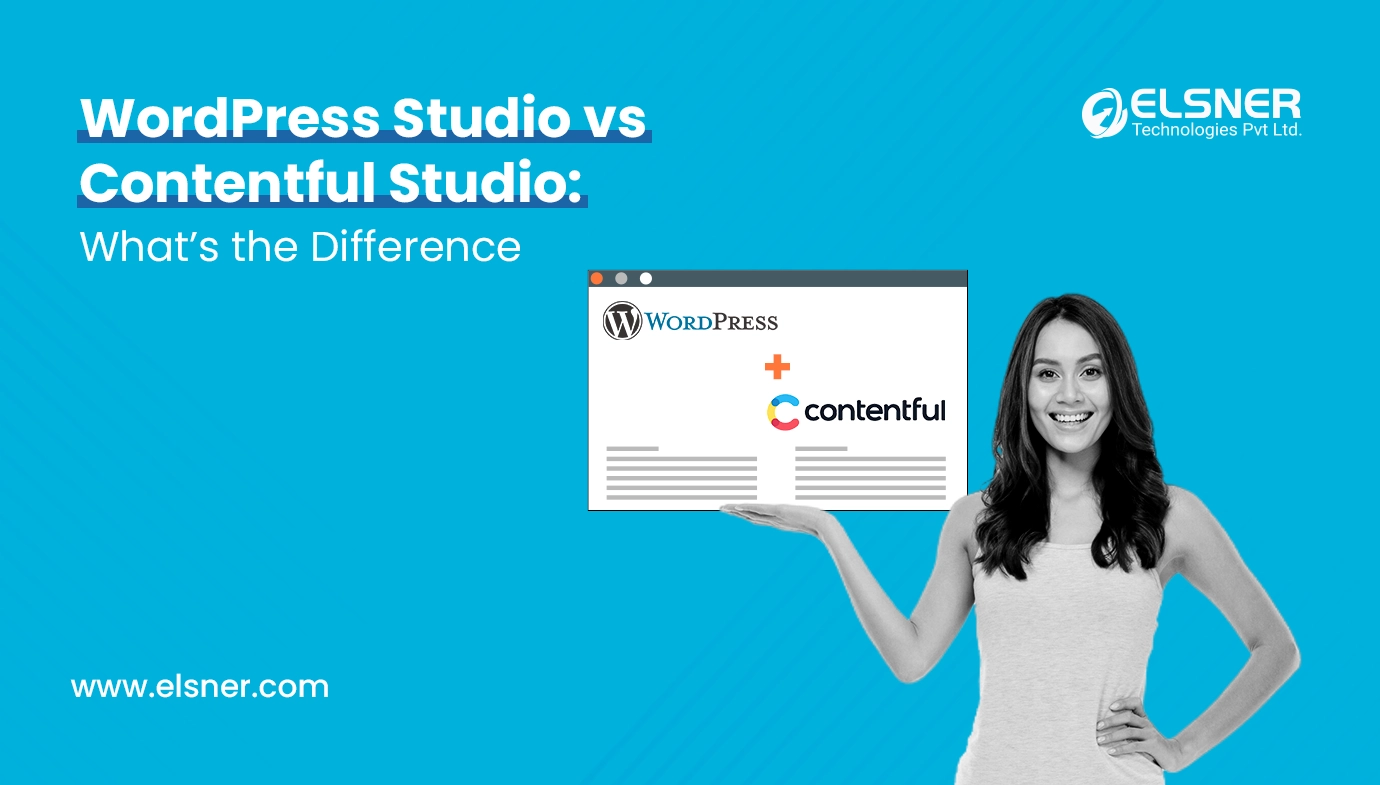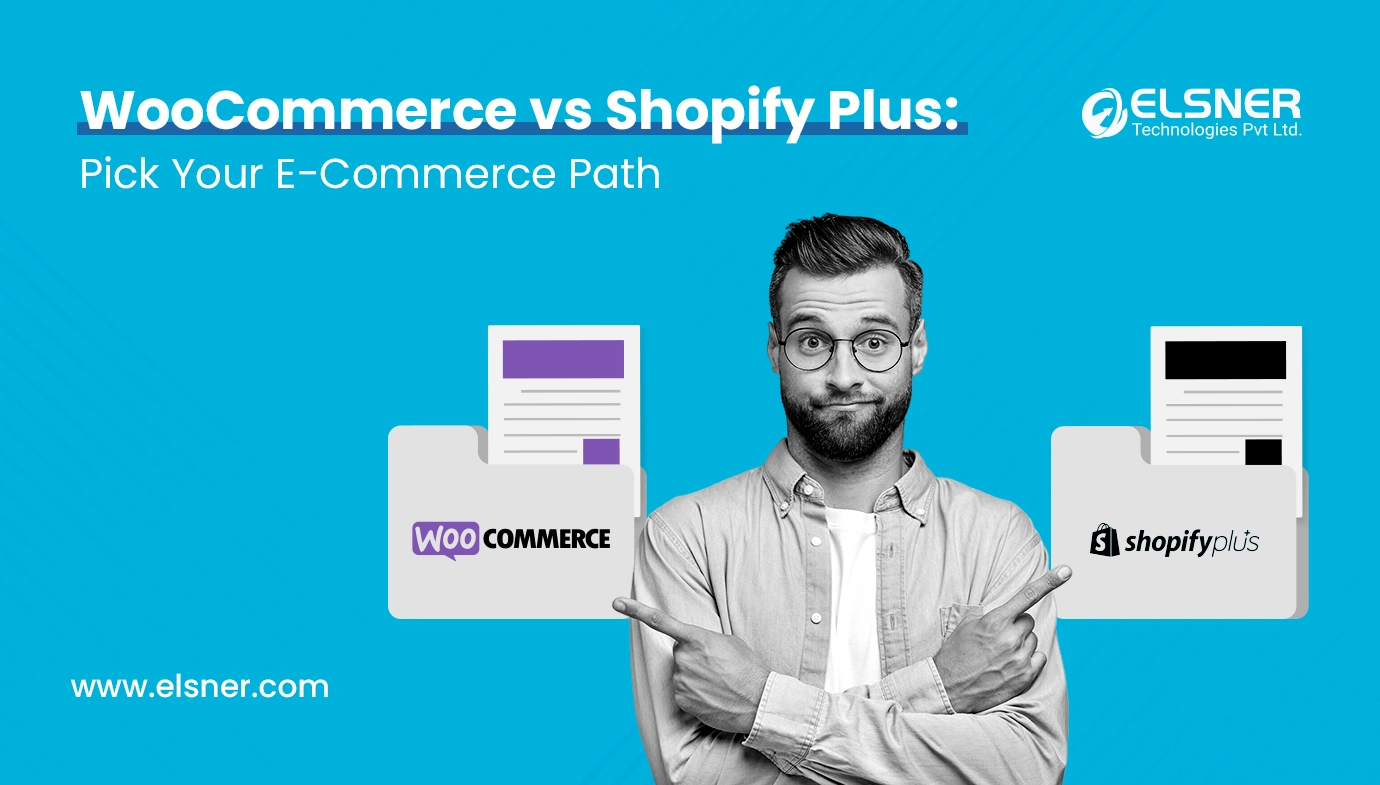- What are the Differences?
- Concepts of Lean, Agile, and Scrum
- LEAN
- AGILE
- SCRUM
- What are the benefits of Lean, Agile, and Scrum?
- Experts Thoughts:
- App Development Expert 1: Jessica Shee – iboysoft
- App Development Expert 2: Percy Grunwald – hostingdata
- App Development Expert 3: Boris Shiklo – ScienceSoft
- App Development Expert 4: Adil Advani – Securiti.ai
- Conclusion:
Two phrases that have become more popular among software development teams recently are lean and agile. Although the market has been employing these ideas in practice for some time, there still needs to be more understanding over what each term means.Many people learn about agile approaches through SCRUM and need clarification when it inaccurately links SCRUM with AGILE.However, each has diverse functions and jobs to perform, so it’s crucial to comprehend what each one does.
What are the Differences?
It’s not quite a methodology to use LEAN and AGILE. It would be more appropriate to refer to the LEAN and AGILE concepts as philosophies since they provide a foundation for implementing various methodologies (such as SCRUM and Kanban).
Concepts of Lean, Agile, and Scrum
Several managers already use the terms agile, scrum, and lean daily. And in this regard, understanding the distinctions between agile techniques is crucial so the business may select the option that best fits its profile.
Many people think of those vibrant post-its stuck to a whiteboard when tasks are assigned and taken off after finishing whenever the Agile methodologies are mentioned. This is merely one approach of using and putting Agile methodology into practice in a project, team, business management, and product prototyping.
Agile methods’ general purpose is to accomplish tasks through repeatable, measurable procedures, integrating team members and tools in a cooperative manner, constantly keeping in mind the requirements of the end user, and exchanging feedback to ensure that everyone is always on the same page. Agile approaches work well with the time and materials billing model because of their iterative nature.
Let’s further understand the ideas behind LEAN, AGILE, and SCRUM.
-
LEAN

[Image source: https://bit.ly/3wn9bjN]
An attempt is made to minimize the risks and waste while maximizing customer value in the management philosophy inspired by the Toyota system’s methods and results. Agile is built on the foundation of lean, which works excellently in a variety of business sectors.
-
AGILE

[Image source: https://bit.ly/3wrpqMy]
Iterative philosophy, which is time-focused, enables a product to be built progressively, step-by-step, and delivered in smaller portions. Agile’s major goals are to increase process flexibility, enable quick change adaptation, and involve all stakeholders. As a result, findings are delivered more quickly and are now articulated clearly and using Agile decision-making practices.
In other words, Agile fosters a workplace that swiftly adopts and welcomes change. All procedures are organized more simply and a method of “prioritization” of what will be supplied is used. Teams in Agile operate with greater autonomy and fewer participants.
Integration is an important stage since it makes it possible to exchange information and solve problems quickly. Thus, everyone can take action to accomplish the desired outcomes.
-
SCRUM
 [Image source: https://bit.ly/3kIcRty]
[Image source: https://bit.ly/3kIcRty]
Agile, incremental, and iterative development methods are described in the Scrum framework, which is a collection of practices, roles, events, artifacts, and rules intended to direct the team in the project’s execution.
One of the most popular approaches in the IT industry is scrum. In order to minimize issues like gaps, disagreements, and a lack of integration, Scrum aims to increase agility in the execution of IT operations through the use of lean teams. Scrum also aims to establish a strong role division.
There are positions such as Product Owner (who acts as a liaison between the enterprise and the client), Team Member (who works on the development team), and Scrum Master (who manages the routines of all teams).
What are the benefits of Lean, Agile, and Scrum?
Regardless of the differentiation between these three terms, we can state unequivocally that adopting agile concepts has numerous advantages.
Below mentioned are the benefits:
- Reduce the cost of Development and Maintenance:
It is possible to significantly lower the cost of a project during its lifetime by dramatically reducing the occurrence of defects, successfully recognizing risks, and ensuring better aggressiveness.
- Estimated return on investment:
The proposed strategy is predicated on regular operational, production-ready software supply. It is possible to derive benefits from the software produced in the early development cycles when combined with trustworthy prioritizing and planning strategies;
- Compared to conventional methods, productivity increased by two to three times:
The development team’s productivity can be significantly increased by eliminating waste, reducing complexity, and improving the quality of the code;
- Increased devotion and assertiveness:
The project is continuously adjusted to the company’s needs, and revisions are always welcome;
- Complete oversight, management, and visibility of the development cycle:
To improve governance and enable improved decision-making, the procedure offers reliable information about the status of projects at any moment;
- Less Ambiguity:
To increase predictability and reduce uncertainty in software development, short planning, and delivery cycles, more assertive estimations, and a build with integrity at all phases of the development process are all possibilities;
- Higher quality of the Final Product:
A final product of the highest quality is ensured by the quality management procedures used from the initial stages of product design and throughout the entire development.
- Constant Development:
The suggested process is built on a continuous cycle of improvement, through retrospectives and techniques of inspection and adaptation applied during the whole life cycle of the project, in addition to being a flexible procedure that adjusts to the demands of various project kinds.
Experts Thoughts:
We have asked multiple industry experts to share their thoughts on Lean Vs. Agile Vs. Scrum: Which Works Best For App Development Below are some App Development expert’s statements:
App Development Expert 1: Jessica Shee – iboysoft
Manager at iboysoft shares thoughts on Lean Vs. Agile Vs. Scrum: Which Works Best For App Development :
1. Which is the best one Lean Vs. Agile Vs. Scrum for App Development?
It really depends on the needs of the particular app development project. Lean focuses on streamlining processes and creating a continuous flow of value, Agile emphasizes customer collaboration, timely delivery, and adaptive planning and Scrum uses a methodology with a series of sprints to managing and complete projects. Each of these methodologies has its own strengths and weaknesses, so it is important to consider the specific needs of the project and the team in order to decide which one is best for app development.
2. What are the differences between Lean Vs Agile Vs Scrum?
Lean and Agile are closely related and often used interchangeably, but they are different. Lean is an overall philosophy of continuous process improvement that uses techniques such as Kaizen, Value Stream Mapping, and 5S.
Agile is an iterative and incremental software development methodology that focuses on delivering customer value in short iterations and responding quickly to change. Scrum is an Agile framework for managing software development. It is a lightweight process emphasizing face-to-face communication, cross-functional teams, and self-organization. It is based on four core values: collaboration, commitment, courage, and focus. Scrum uses time-boxed iterations to deliver working software.
App Development Expert 2: Percy Grunwald – hostingdata
Full stack software engineer
Manager at hostingdata shares thoughts on Lean Vs. Agile Vs. Scrum: Which Works Best For App Development :
When it comes to app development, Lean, Agile, and Scrum are all approaches that prioritize delivering working software frequently and responding to changing requirements. The best method for your project will depend on the specific needs and requirements of your project.
Lean methodology focuses on creating a minimum viable product (MVP) as quickly as possible and then iterating based on customer feedback. The main focus is to eliminate waste and continuously improve the product. This approach is well-suited for startups or companies that are trying to validate a new product idea.
Agile methodology is a flexible and iterative approach that emphasizes collaboration, adaptability, and delivering working software frequently. Agile values a working agile project management tools over comprehensive documentation and encourage cross-functional teams to work together. This approach works well for projects where requirements are constantly changing and teams need to be able to respond to changing circumstances.
Scrum is an Agile framework that provides a specific set of practices and roles to help teams deliver software in an Agile environment. It uses sprints to deliver working software frequently and includes roles such as Scrum Master, Product Owner, and Development Team. Scrum focuses on transparency, inspection, and adaptation, making it particularly well-suited for complex projects that require close collaboration between cross-functional teams.
App Development Expert 3: Boris Shiklo – ScienceSoft
CTO
at ScienceSoft shares thoughts on Lean Vs. Agile Vs. Scrum: Which Works Best For App Development :
The Agile methodology comes as a more efficient alternative to linear software development. With short-term iterative planning and incremental software delivery at its core, Agile allows vendors to receive customer feedback early on and introduce required changes quickly and cost-efficiently. All this leads to a higher quality of deliverables and better customer satisfaction.
While Agile is an umbrella term for several iterative SDLCs models, Scrum is one of its most popular frameworks. In essence, Scrum recommends dividing a project into short, 2-4-week sprints with a clear goal for each sprint that cannot be changed mid-sprint. Each iteration usually includes the full cycle of design, development, QA, and deployment of the target software module. After a sprint ends, the team reviews its results and makes the needed adjustments to the project plan before the start of the next iteration.
As for the Lean methodology, it acts as more of a mindset or a guiding principle rather than a practical framework. Originating from the manufacturing industry, the Lean approach is focused on eliminating waste and making continuous process improvements. In software development, the Lean philosophy helps to identify and eradicate unnecessary activities and, as a result, reduces software development costs.
In practice, Agile methodologies like Scrum greatly benefit new software development initiatives. Applying Lean principles, on the other hand, will help you optimize the ongoing and repetitive processes – for example, to improve the CI/CD pipelines of an existing software product.”
App Development Expert 4: Adil Advani – Securiti.ai
Associate Product Owner at Securiti.ai shares thoughts on Lean Vs. Agile Vs. Scrum: Which Works Best For App Development :
Lean:
The best approach for app development depends on the project’s requirements. Lean is best used for projects with clear objectives, few resources, and limited time. Agile is best used for projects that require frequent changes and customer feedback. Scrum is best used for projects that require increased collaboration and transparency.
Lean is a methodology that seeks to reduce waste, increase efficiency and maximize value. It is focused on the end-to-end process, eliminating the steps that don’t add value and streamline the ones that do.
Agile:
Agile is a set of principles and values that promote adaptive planning, early delivery, continuous improvement, and customer collaboration.
Scrum:
Scrum is an iterative and incremental agile software development framework for managing product development. It emphasizes team collaboration, early and frequent delivery, and the flexibility to respond to change. Scrum teams use sprints to deliver working software Incrementally.
Conclusion:
There is no definitive answer to whether you should use Scrum or Lean development for your agile projects. It depends on the size of the organization, the business model, and other elements. Your project management procedure, however, may improve.
Contact Us ! if you are looking for any app development with the best project management procedure.
Read More: An End-to-End Guide about Scrum

About Author
Pankaj Sakariya - Delivery Manager
Pankaj is a results-driven professional with a track record of successfully managing high-impact projects. His ability to balance client expectations with operational excellence makes him an invaluable asset. Pankaj is committed to ensuring smooth delivery and exceeding client expectations, with a strong focus on quality and team collaboration.




